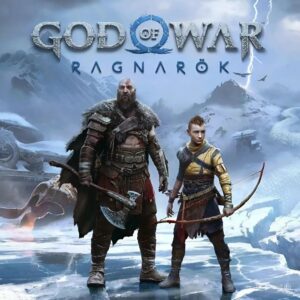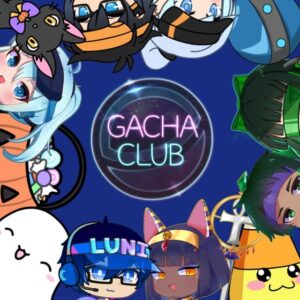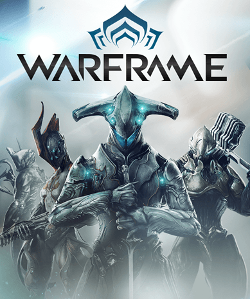A New Legacy: How My Hero Academia Moves Beyond Quirks with a New Power System
Popular Now
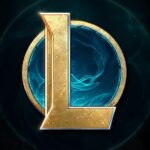 League of Legends
League of Legends
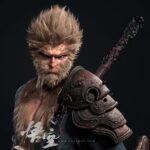 Black Myth: Wukong
Black Myth: Wukong
 Schedule I
Schedule I
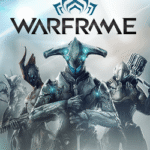 Warframe
Warframe
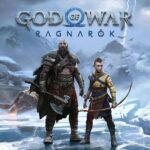 God of War Ragnarök
God of War Ragnarök
 Rust
Rust
 Among Us
Among Us
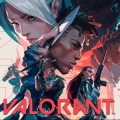 Valorant
Valorant
 Toca Boca World
Toca Boca World
 BeamNG.drive
BeamNG.drive
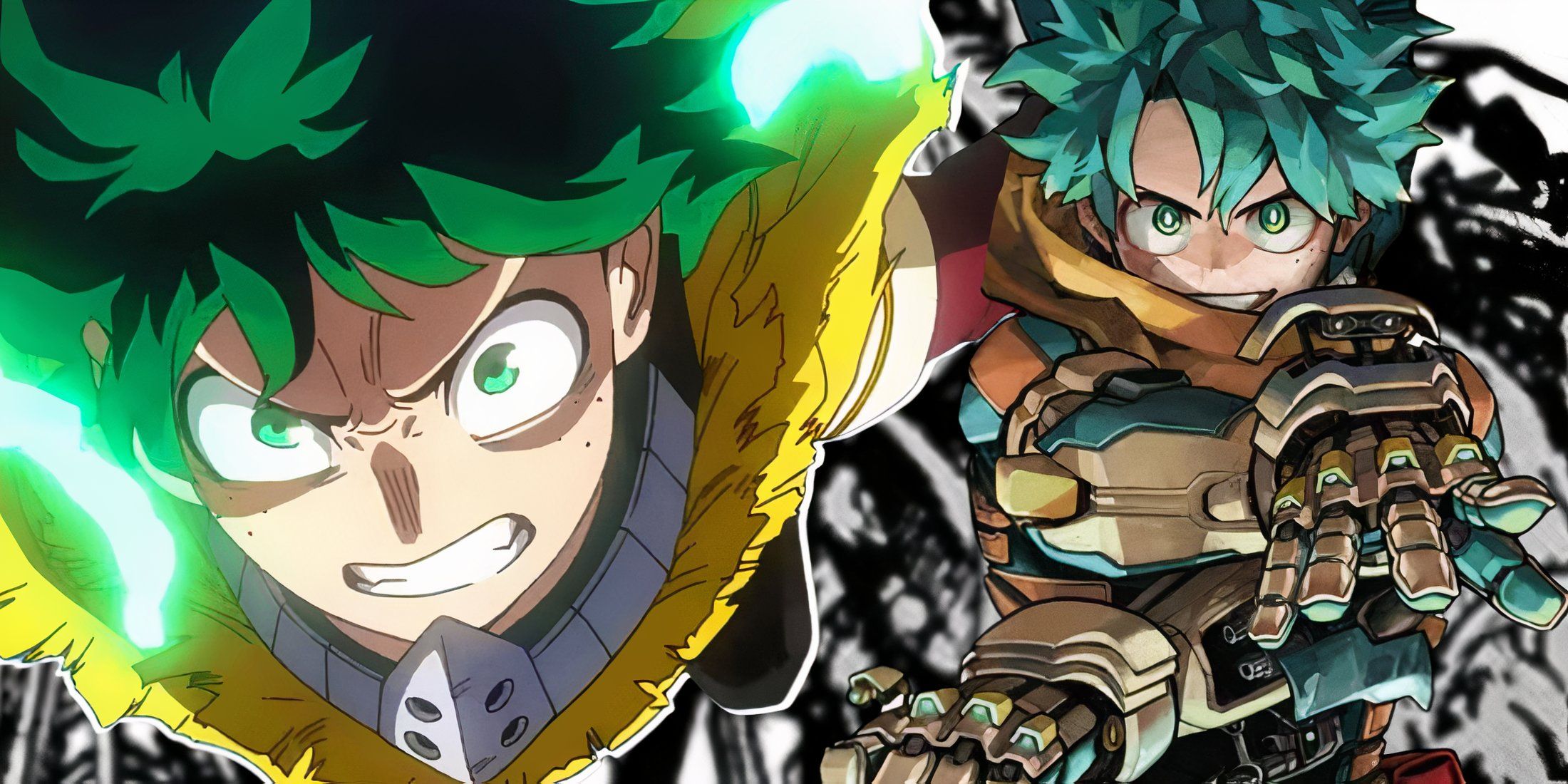
The finale of My Hero Academia, a series that has captivated a generation of manga and anime fans, has finally concluded its epic saga. While the ending brought a satisfying conclusion to the story of Izuku Midoriya and his friends, it also left the door open for a new era. In a recent, exclusive interview, the series’ creator, Kohei Horikoshi, provided a groundbreaking revelation about the future of the world he created. He confirmed that the series’ ending is not a final goodbye, but a transition, and he gave a first look at the new power system that will emerge to replace Quirks. This shift, a long-held theory among the fanbase, is a testament to Horikoshi’s long-term vision and his desire to continue the legacy of his hit series in a way that feels both fresh and thematically consistent. This article will break down all the new information, from the nature of the new power system to what it means for the future of the MHA universe.
The conclusion of the main story saw the end of the age of Quirks, a system that had defined the world for decades. The final battle against All For One resulted in the destruction of the Quirk factor, a monumental event that returned society to a state of near-Quirklessness. This, as Horikoshi revealed, was not an accident but a deliberate narrative choice. He wanted to explore a world where the heroes of the past had to find new ways to be “heroes,” a theme that has been present in the series since its inception. The new power system, which he refers to as “Willpower,” is a direct result of this philosophical shift. It is a power that is not inherited through genetics but is a tangible manifestation of a person’s inner resolve and conviction.
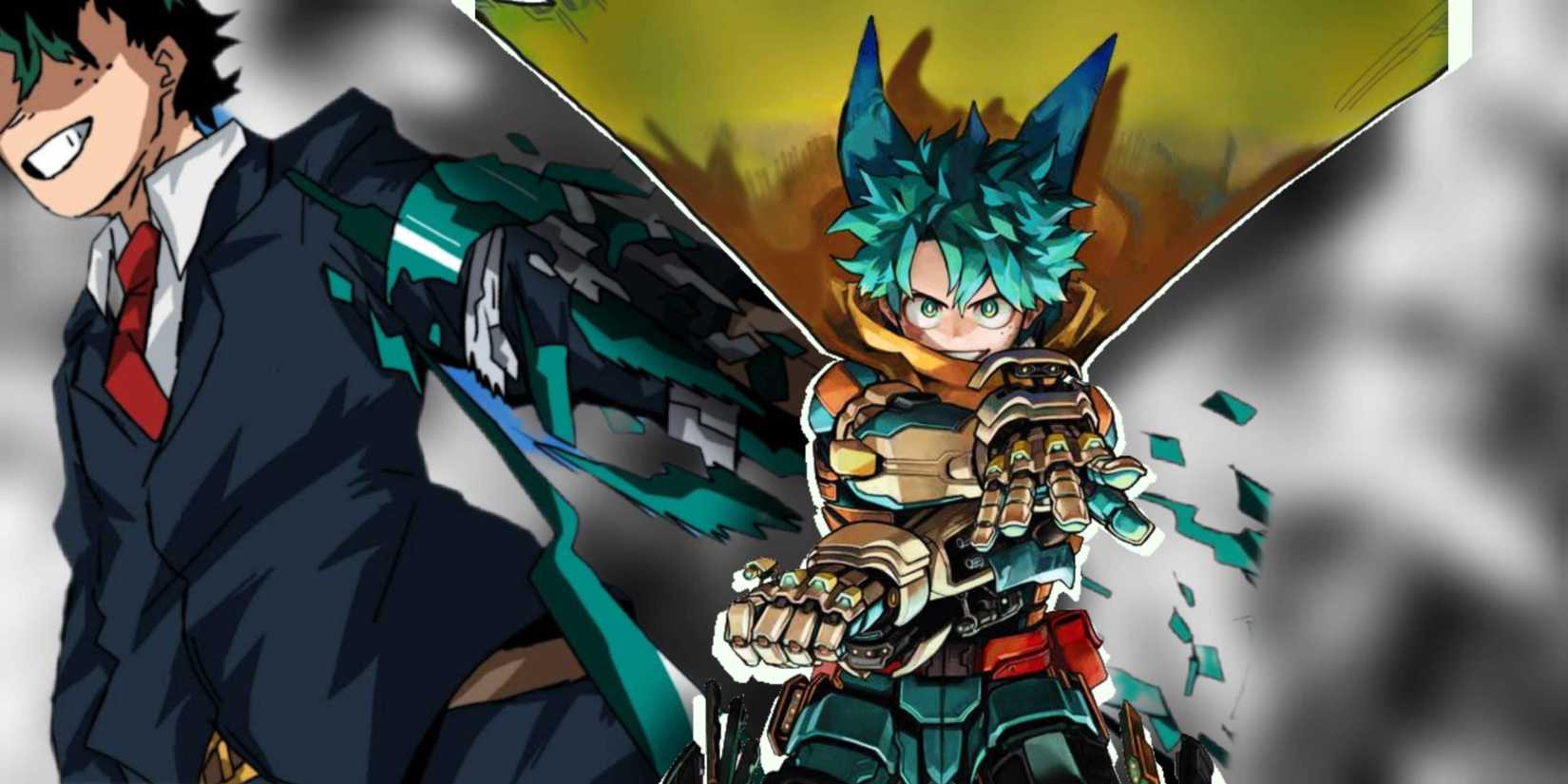 “Willpower”: The New Power System Explained
“Willpower”: The New Power System Explained
The new power system, “Willpower,” is a fascinating concept that is heavily influenced by themes of resolve and personal conviction. Horikoshi stated that he was inspired by the power systems in other popular series, particularly One Piece’s Haki, but wanted to create something that was uniquely his own. The system works as follows:
- Manifestation: “Willpower” is not something a person is born with; it is something they must cultivate through a life of extreme emotional stress, training, and a strong sense of self. It is the culmination of a person’s desire to protect others, to fight for justice, or to simply survive. The first glimpses of this power were seen in the Final War arc, where heroes like All Might and others were able to fight without their Quirks, using sheer determination to push past their physical limits.
- Tangible Abilities: “Willpower” allows a person to manifest their inner strength as a tangible force. This can range from a simple burst of enhanced strength and speed to the ability to create a “barrier” that can deflect attacks. The strength of the ability is directly tied to the user’s emotional state and their resolve. A person with a strong moral compass and an unwavering determination to do good will have a more powerful and controlled “Willpower” than someone who is selfish or weak-willed.
- Equalizer for the Quirkless: The most significant aspect of the “Willpower” system is that it is not exclusive to former Quirk users. Anyone, regardless of their genetic makeup, can cultivate this power. This is a game-changing development that finally realizes the core premise of the series: that anyone can be a hero. It allows characters who were once at a disadvantage, like Deku, to reclaim their status as a hero through sheer hard work and an unyielding will.
The Future of the MHA Universe: A New Dawn for Heroes
The introduction of “Willpower” sets the stage for a new and exciting era for the My Hero Academia universe. The world, now without the constant threat of overpowered Quirks, can finally heal and rebuild. This new power system provides a much-needed balance, ensuring that the next generation of heroes will have to rely on their intelligence, courage, and inner strength rather than on a random genetic lottery. The new system also re-contextualizes the final scenes of the manga, where characters like Deku, now Quirkless, are seen as being more than just a hero; they are a symbol of a new kind of heroism, one built on the power of will, not on genetic luck.
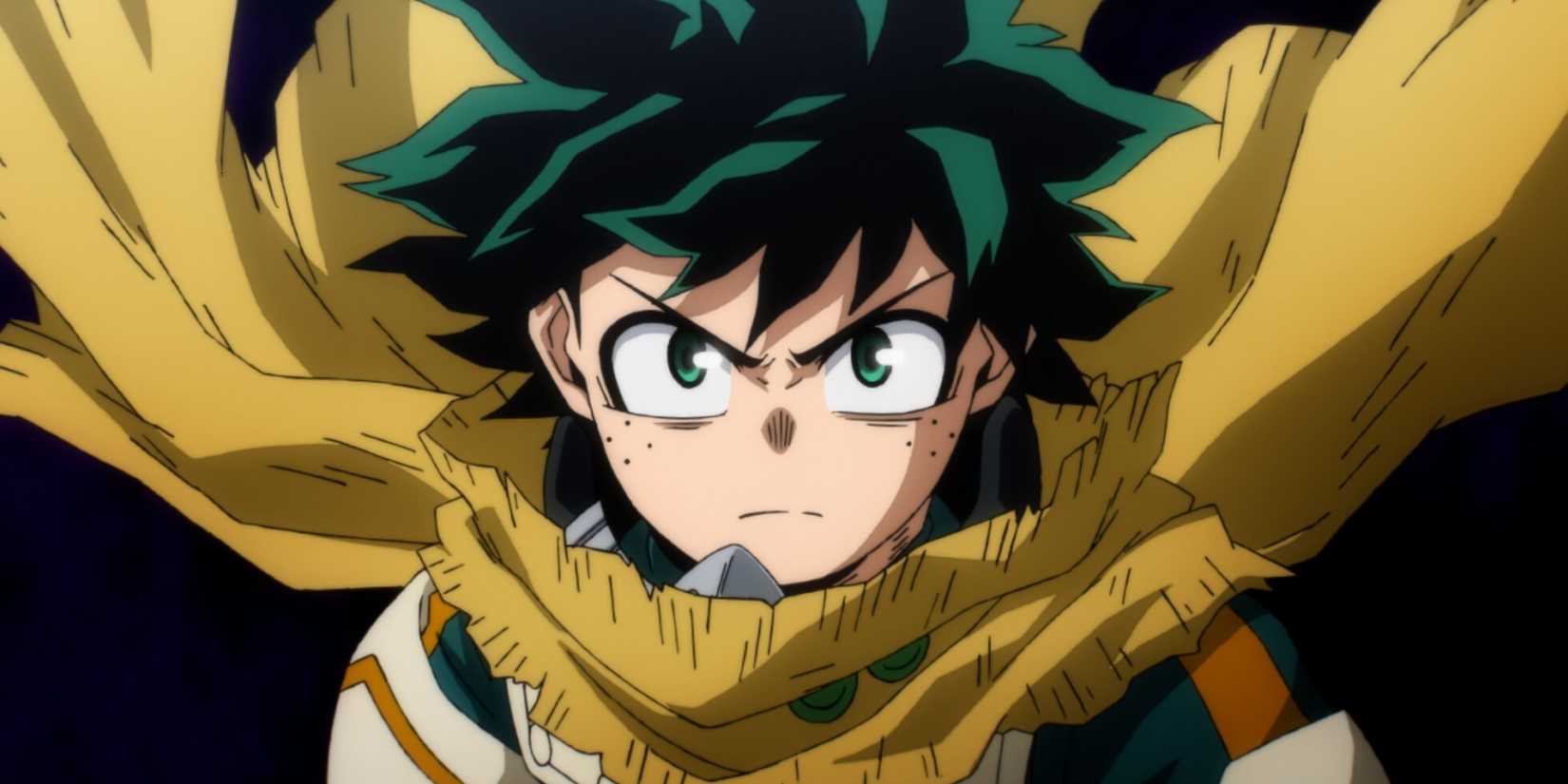 While Horikoshi has not officially confirmed a new manga or series, he has stated that he is “hard at work on a new concept” and that he hopes to “challenge himself to Jump one more time.” This has led many to believe that a sequel series, focusing on a new generation of heroes who master the “Willpower” system, is a real possibility. The new system creates a world where the “Hero Killer” Stain’s philosophy, that a true hero is defined by their will, not their power, finally comes true. It is a powerful and fitting conclusion to a series that has always been about the nature of heroism, and it is a promising start for a new era of storytelling.
While Horikoshi has not officially confirmed a new manga or series, he has stated that he is “hard at work on a new concept” and that he hopes to “challenge himself to Jump one more time.” This has led many to believe that a sequel series, focusing on a new generation of heroes who master the “Willpower” system, is a real possibility. The new system creates a world where the “Hero Killer” Stain’s philosophy, that a true hero is defined by their will, not their power, finally comes true. It is a powerful and fitting conclusion to a series that has always been about the nature of heroism, and it is a promising start for a new era of storytelling.
In conclusion, the reveal of the “Willpower” power system is a brilliant and logical next step for the My Hero Academia universe. It is a system that not only resolves the thematic issues of the Quirk-based society but also provides a compelling new direction for future stories. For fans who have loved the world of MHA for years, this is a sign that the story of heroism is far from over, and that the greatest battles are not fought with superpowers, but with an unyielding will to do what is right.
